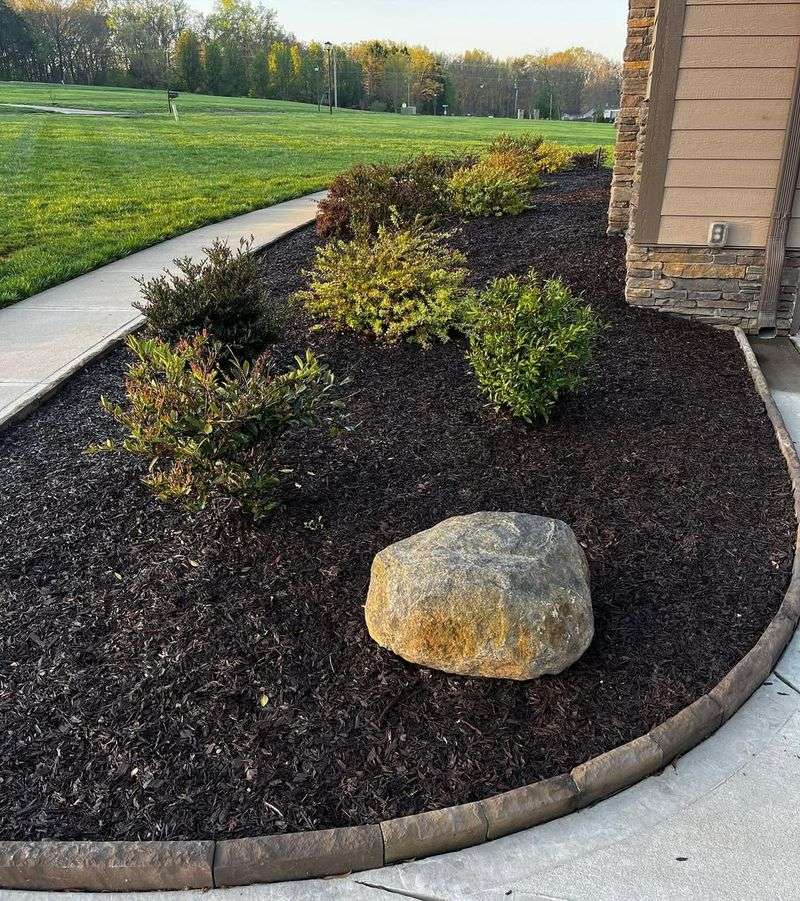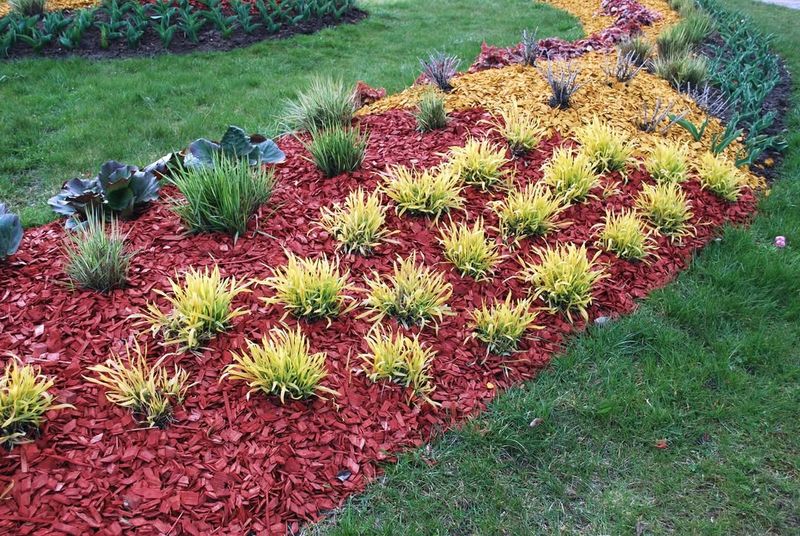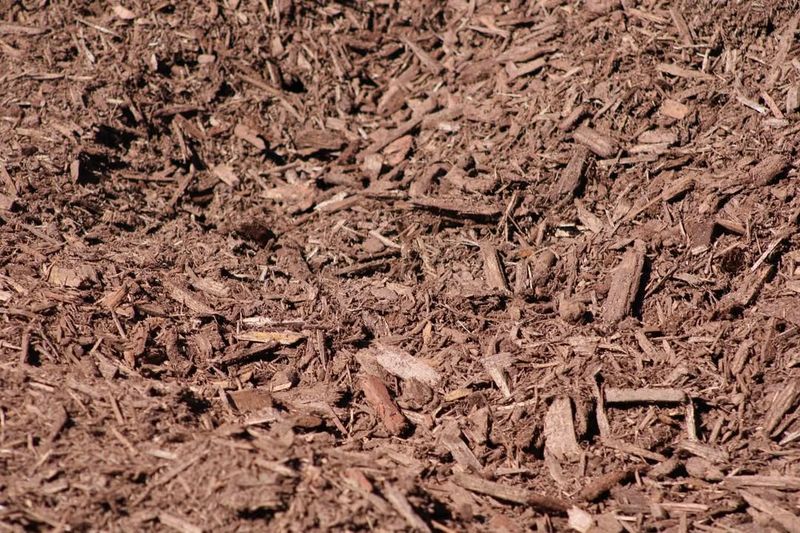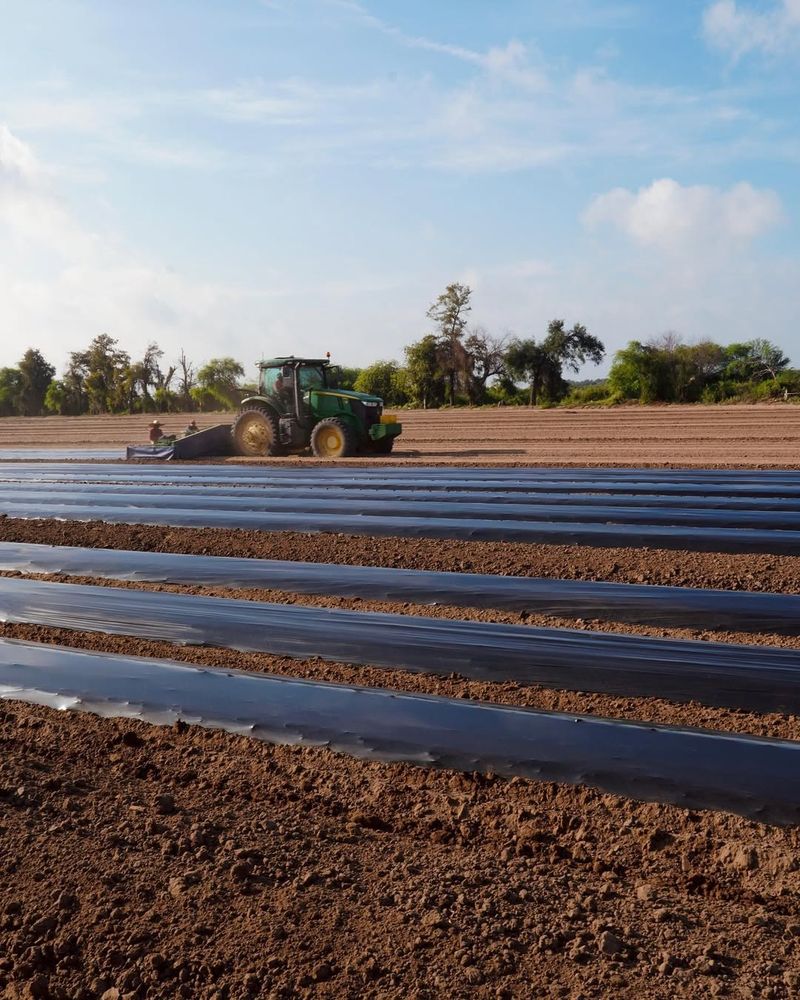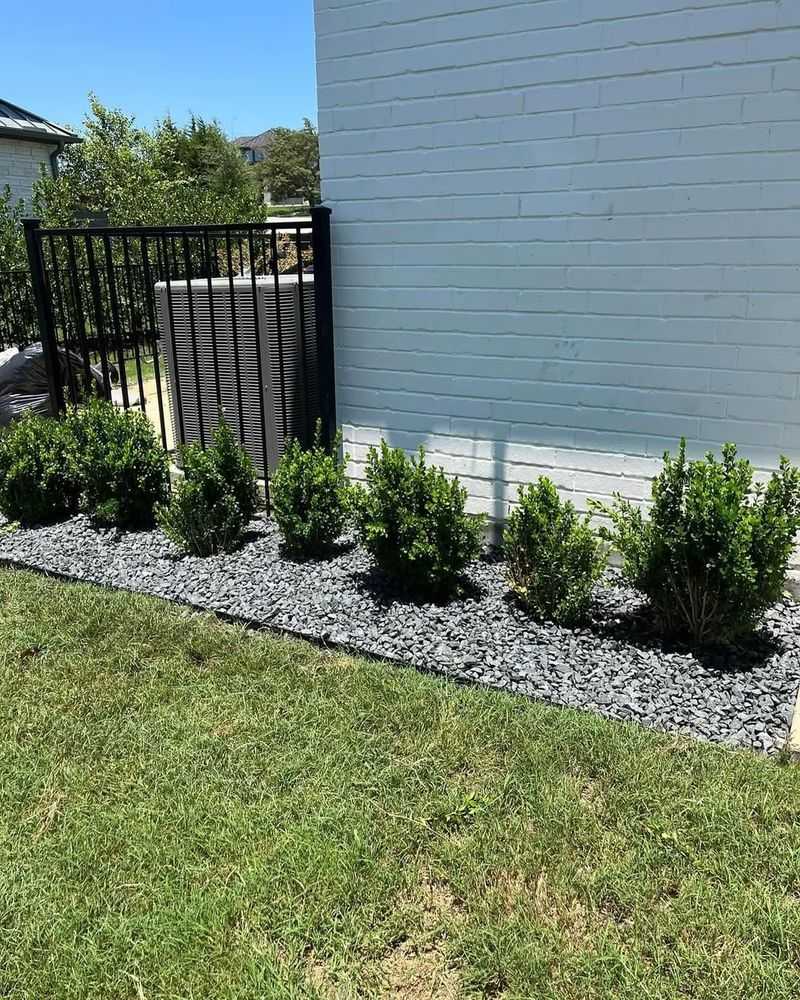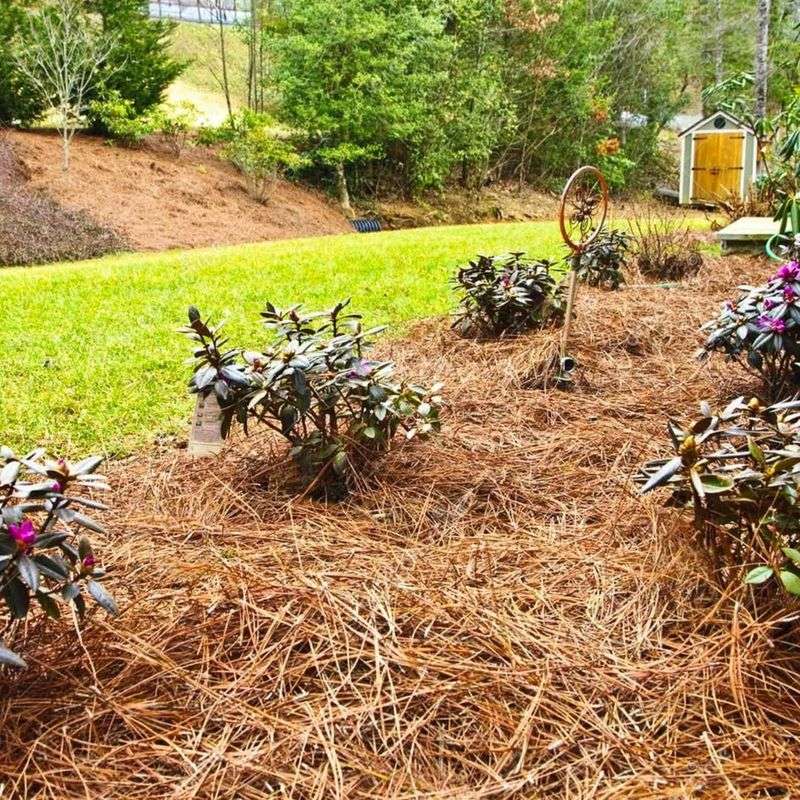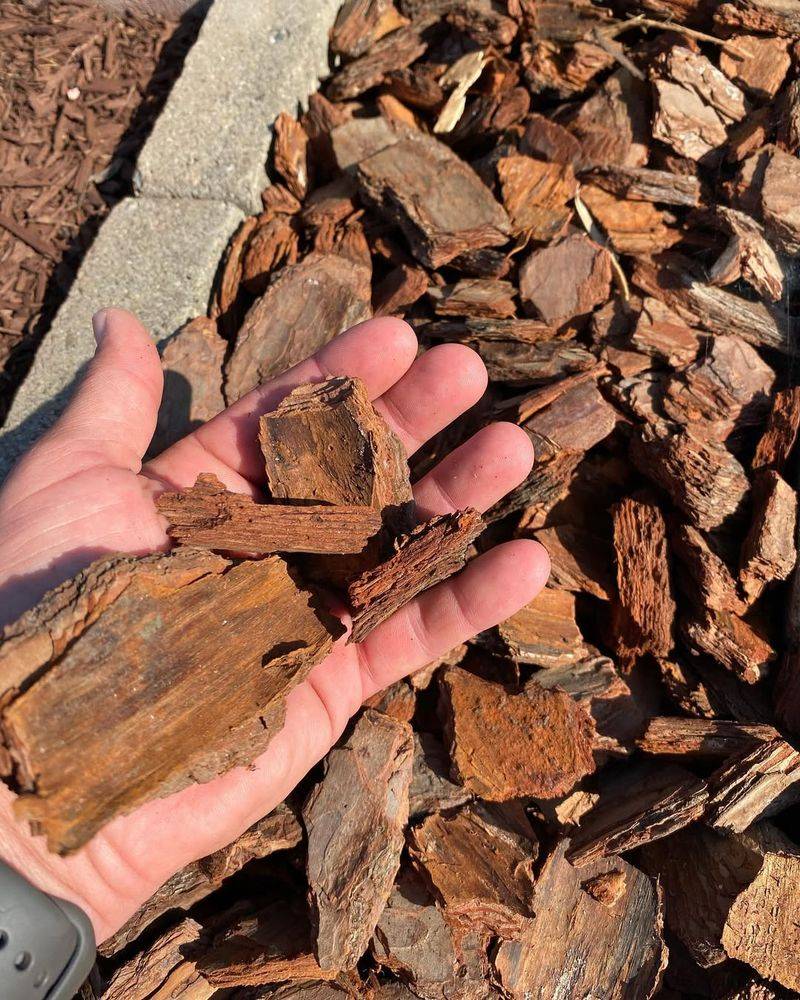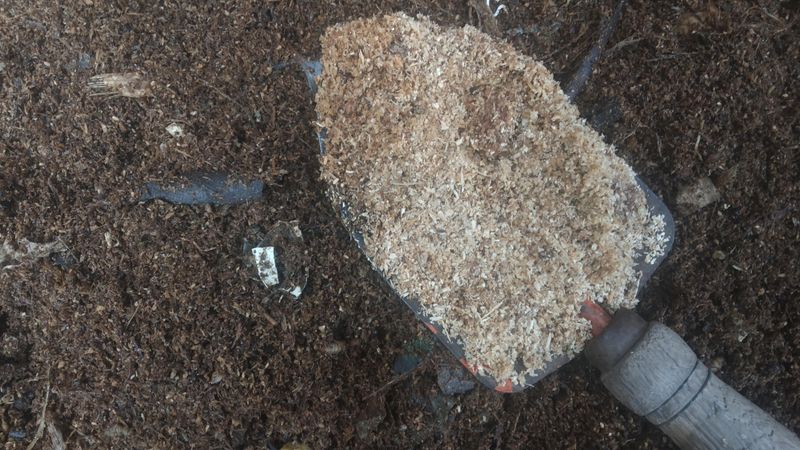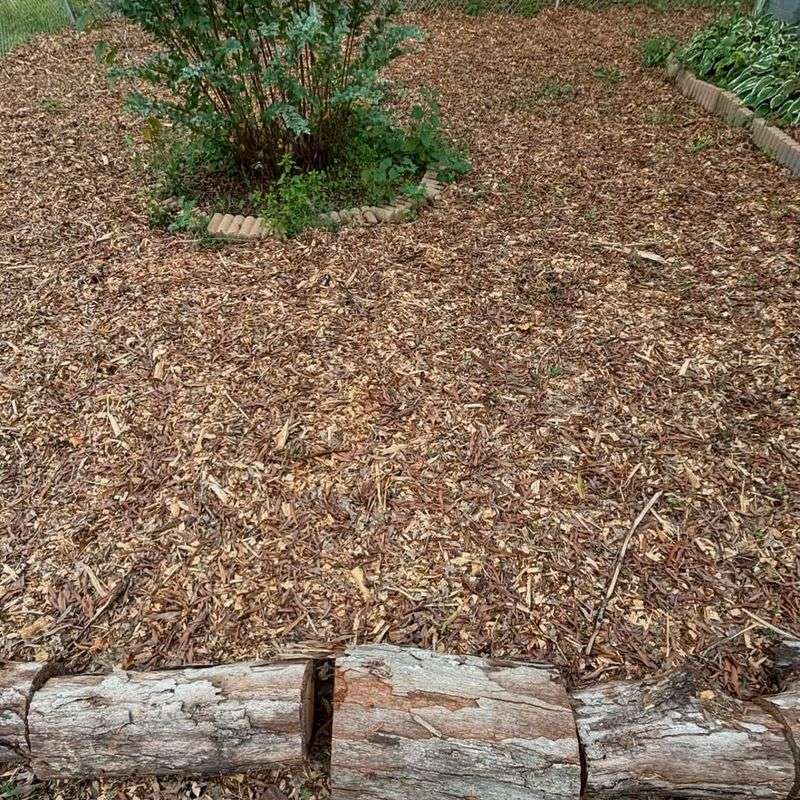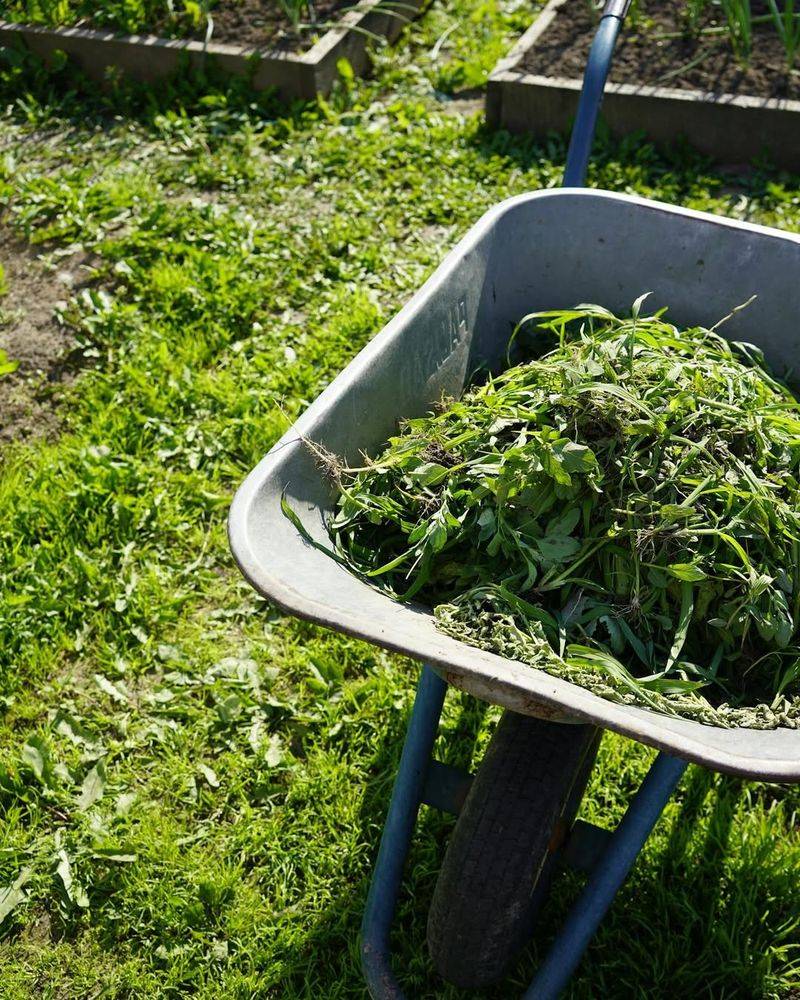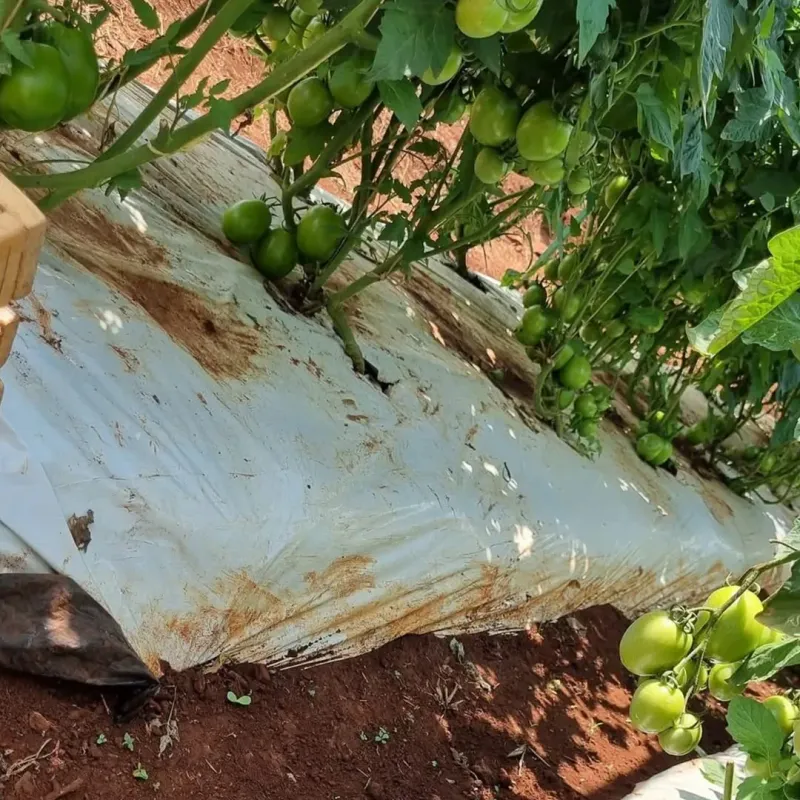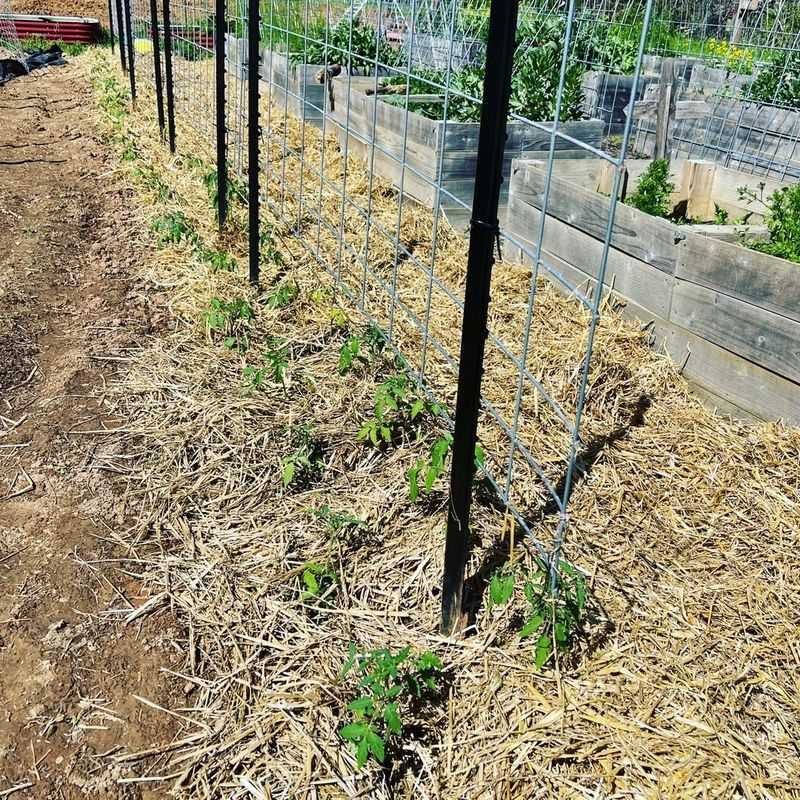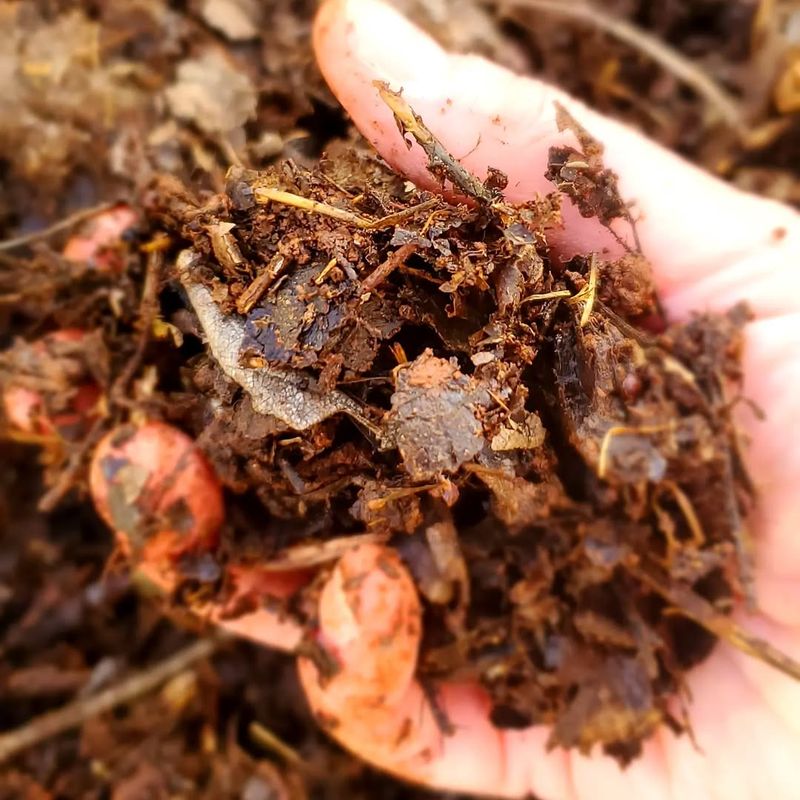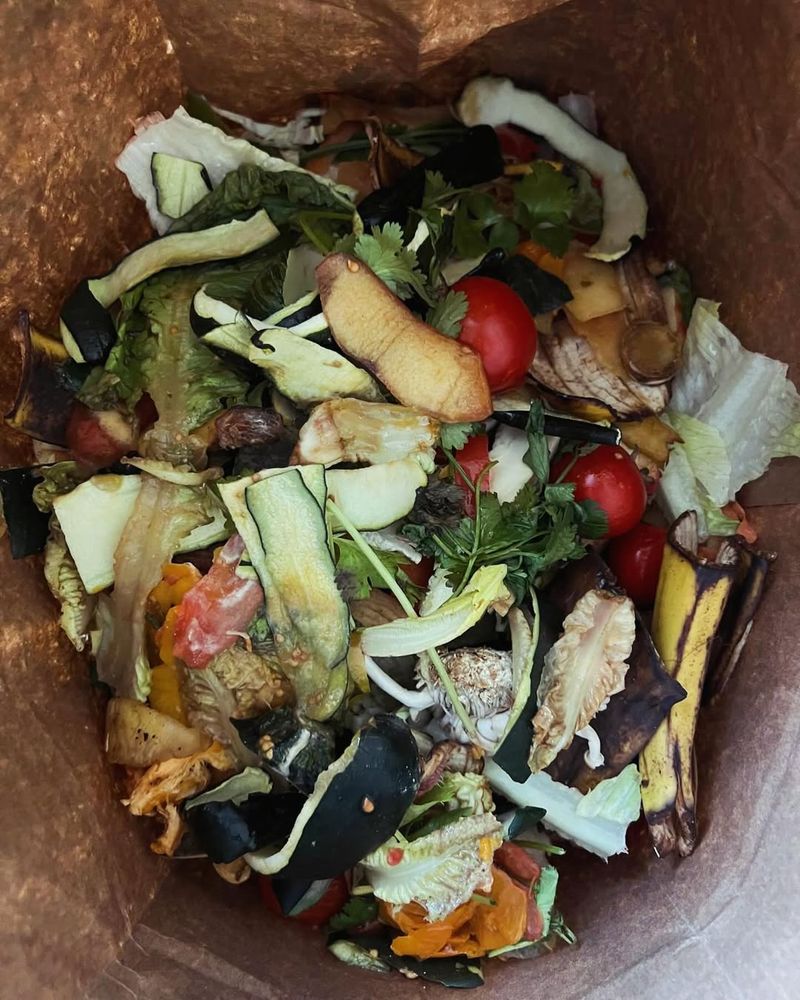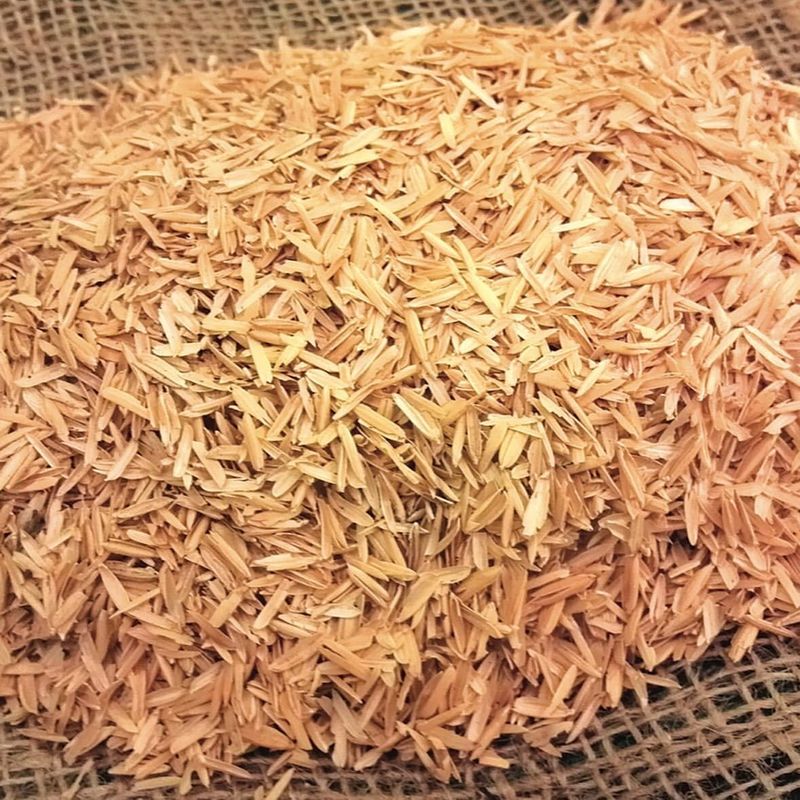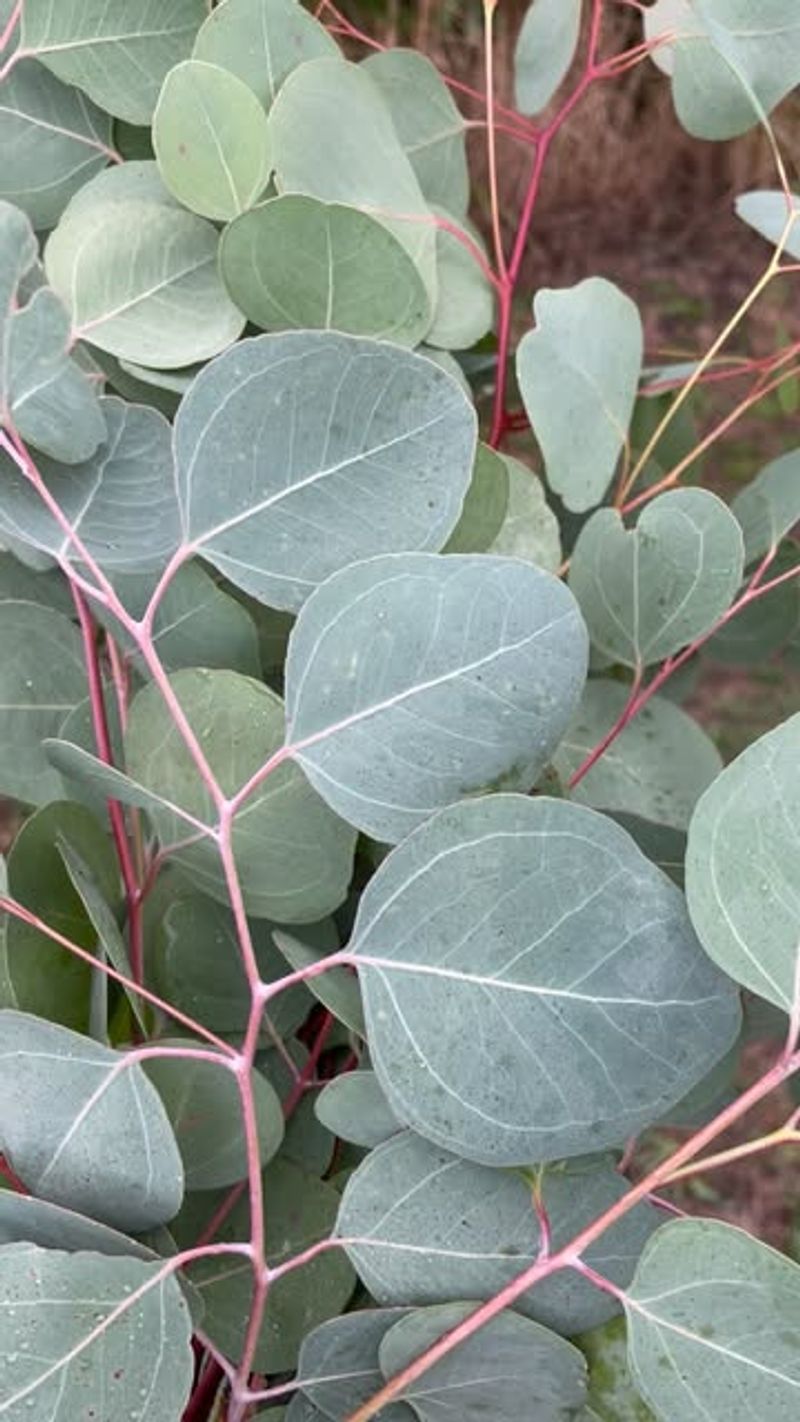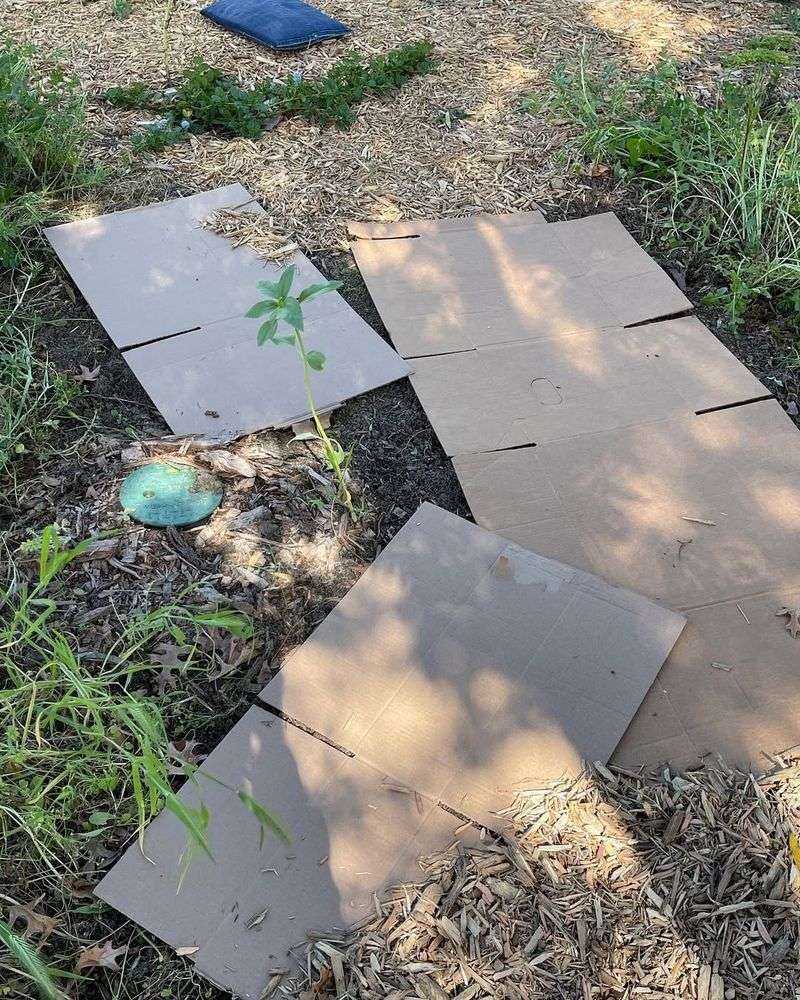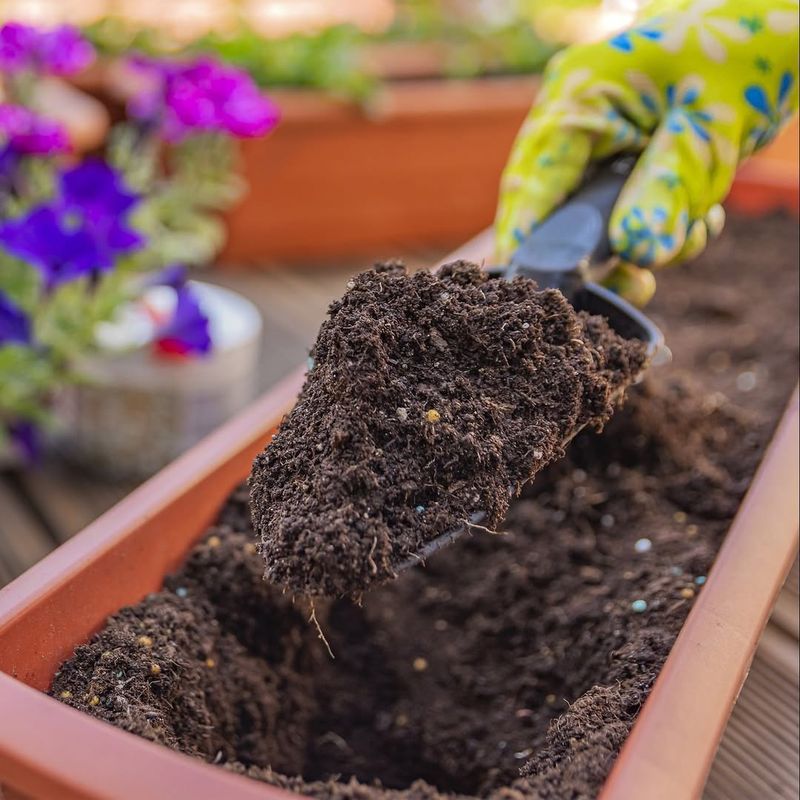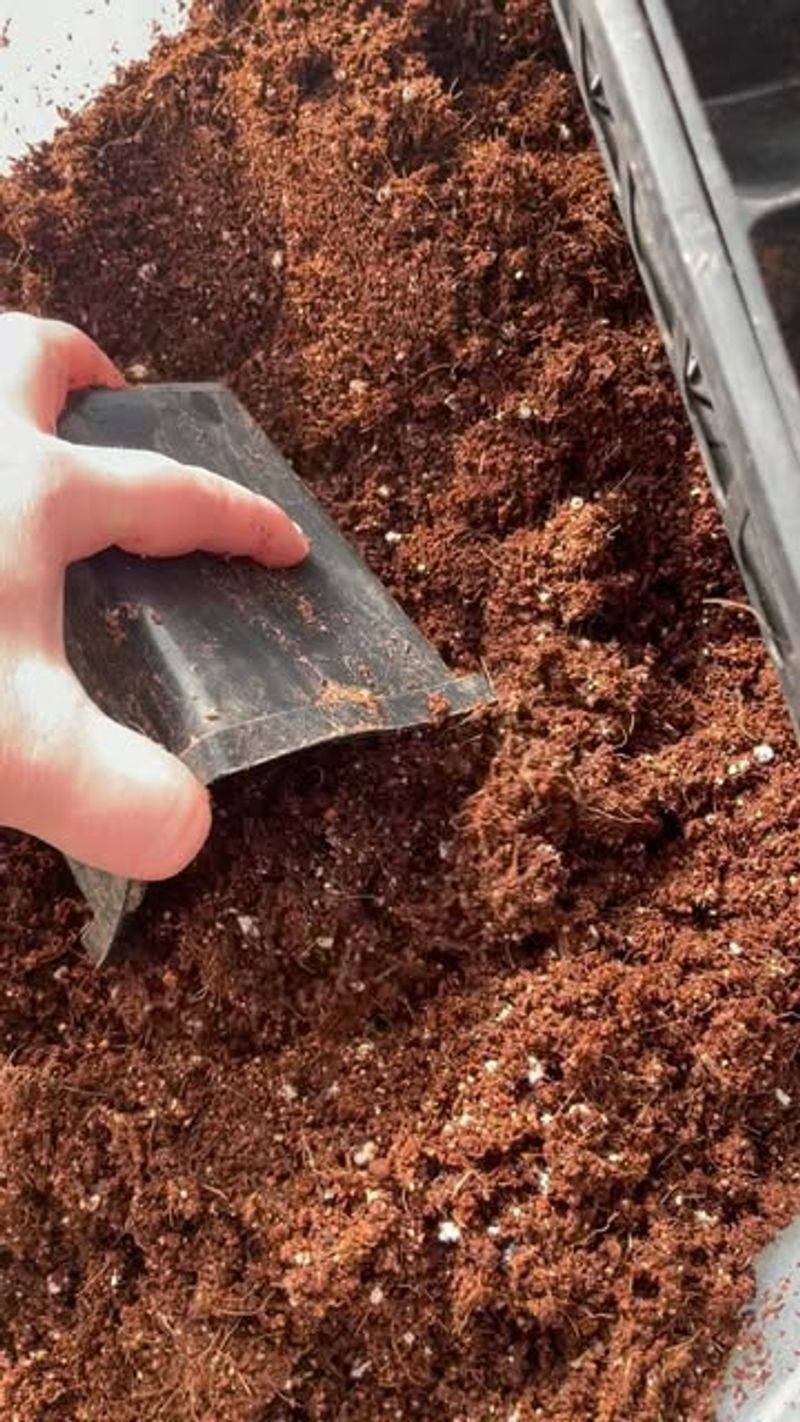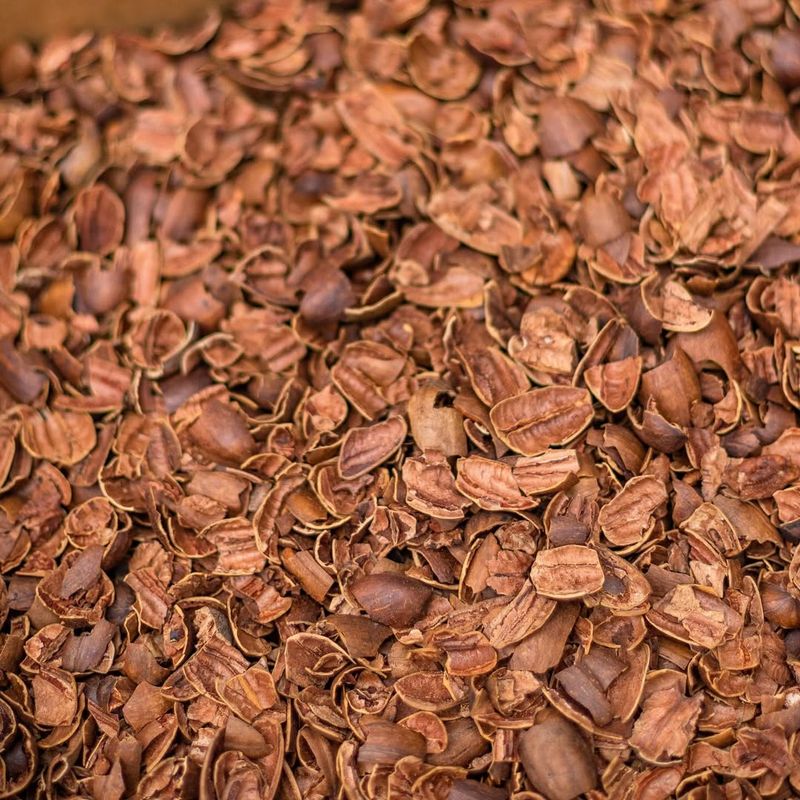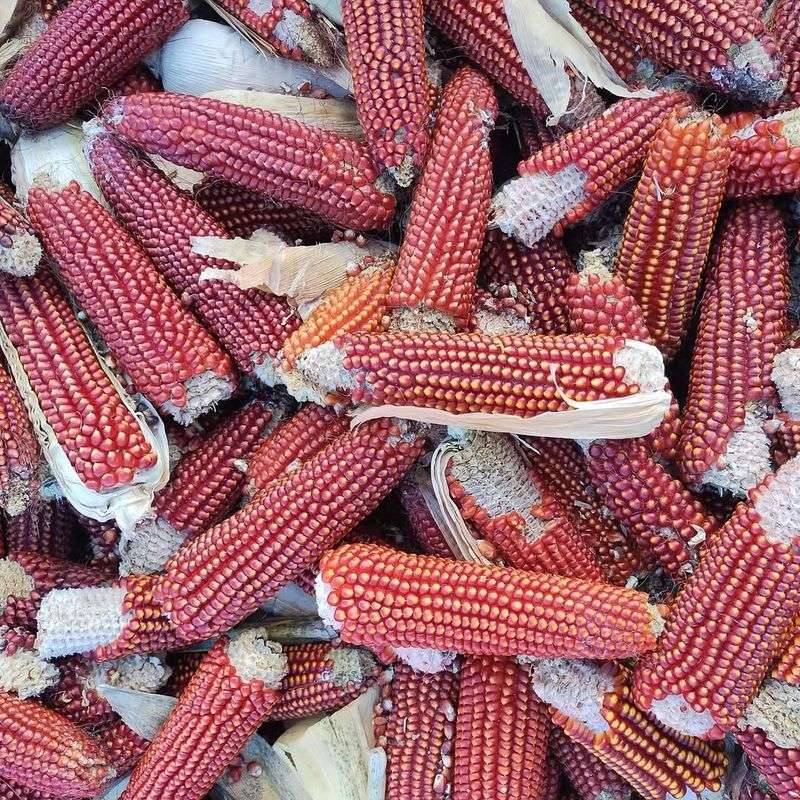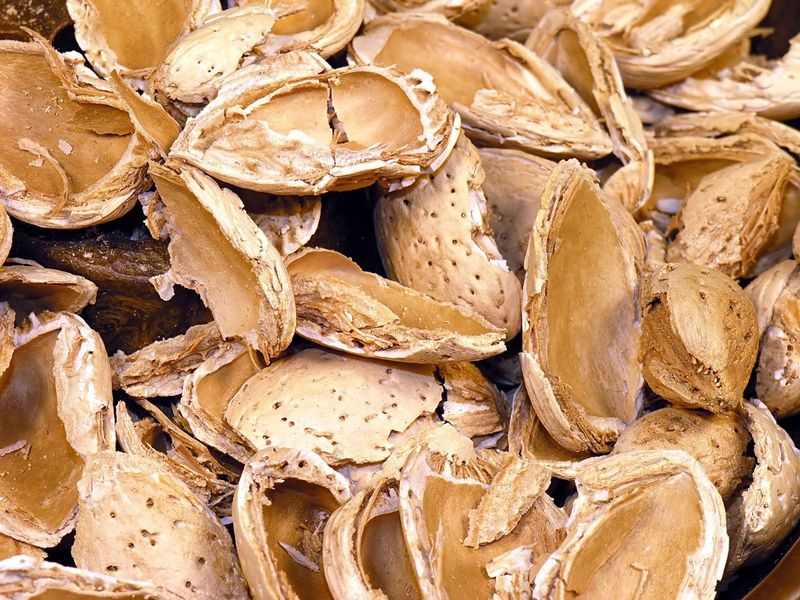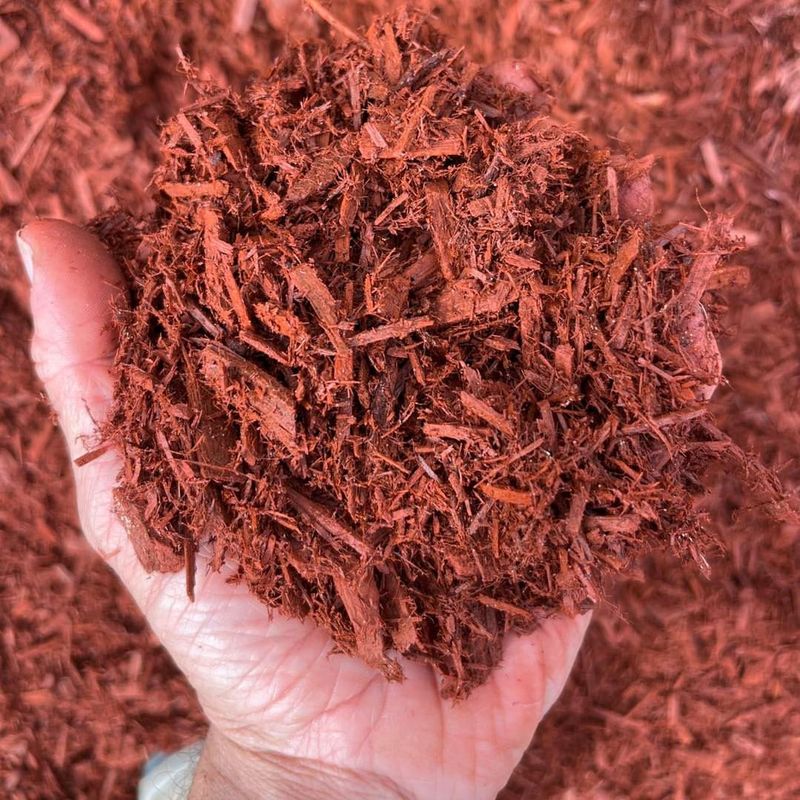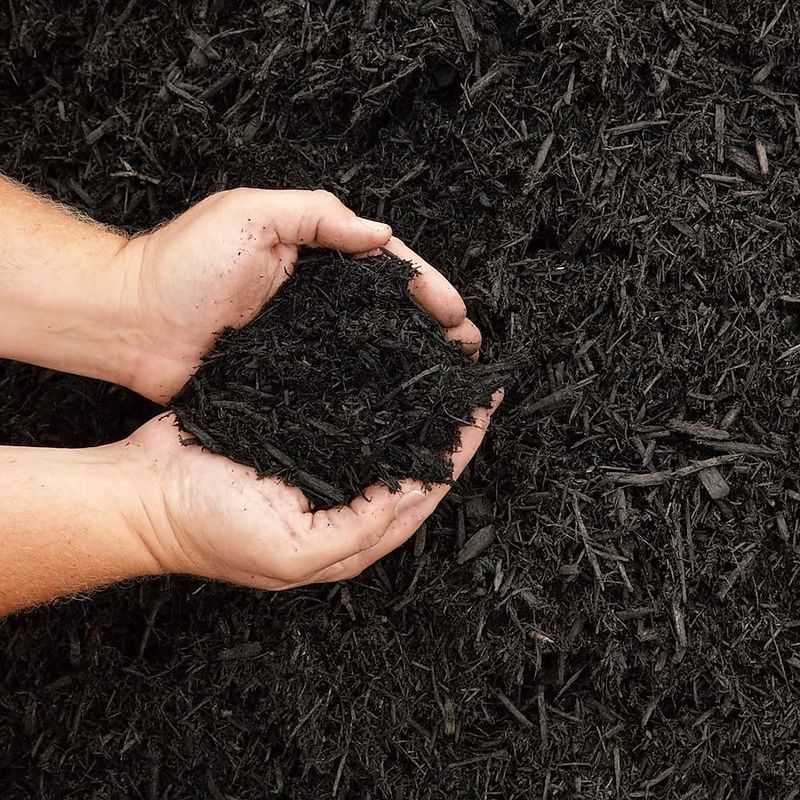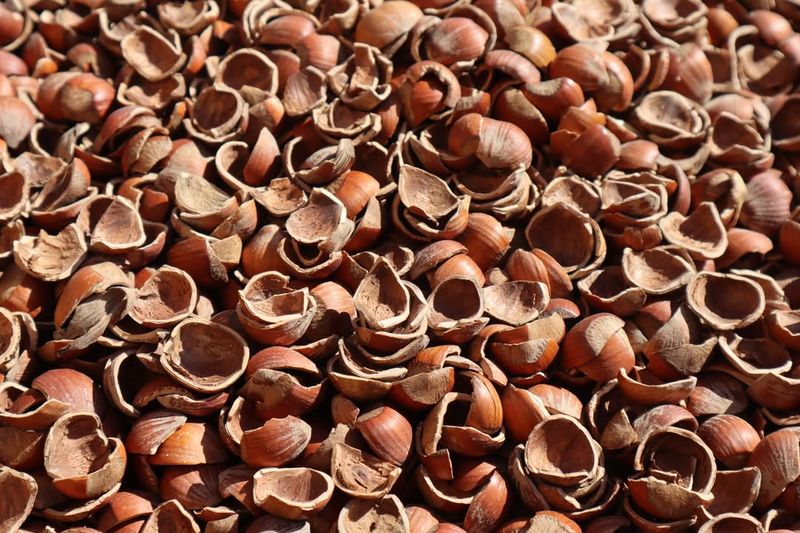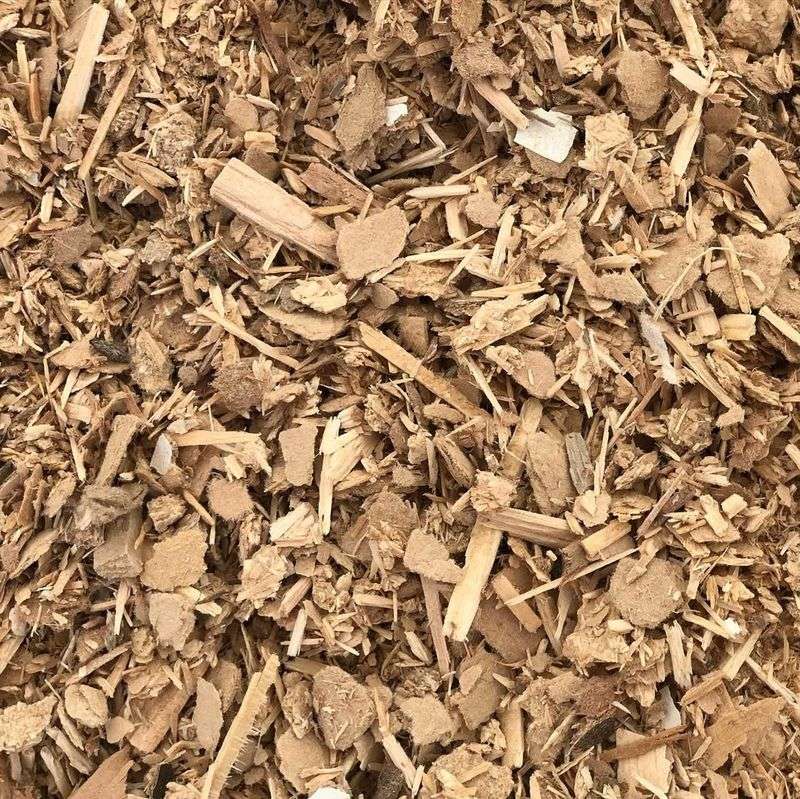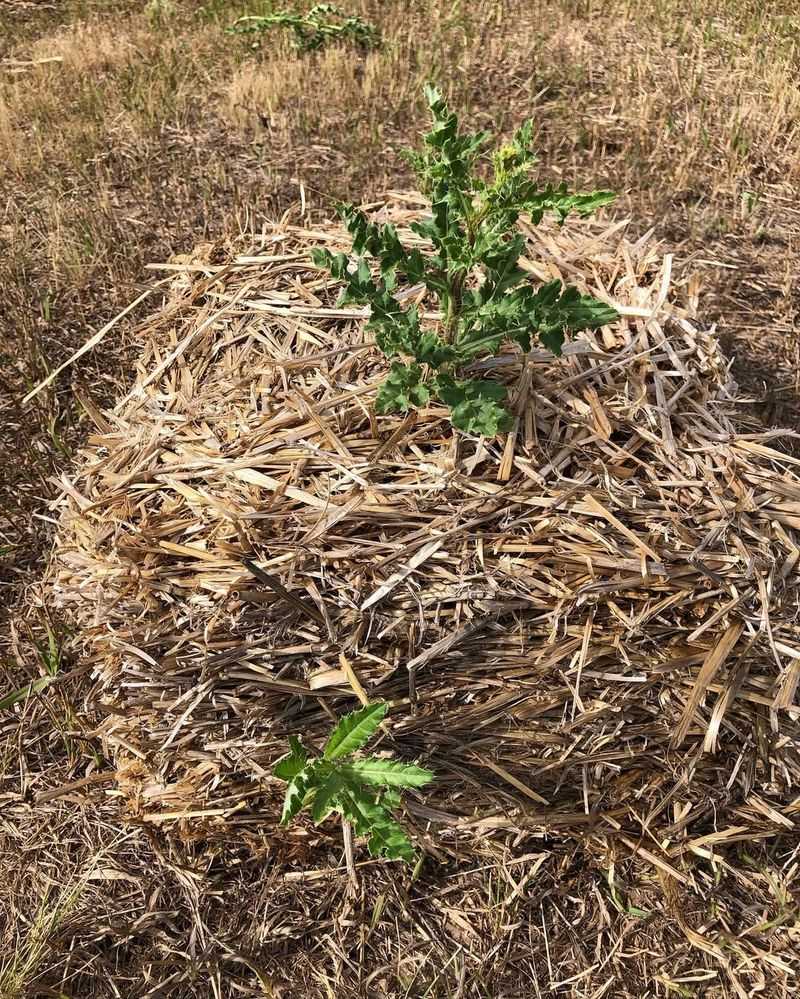Have you ever felt like you’re throwing money down the drain with mulches that promise to be the next best thing for your garden? As someone who’s been caught in the mulch-buying frenzy, I understand the appeal of trying new products that seem like garden saviors.
However, not all mulches are created equal, and some may even harm your precious soil. Let’s explore 29 overrated mulches that might be more harm than good.
1. Rubber Mulch
While it may seem like a great idea, synthetic options often don’t offer the best benefits for your garden. Rubber mulch is one such product that, despite being durable, can leach harmful chemicals into the soil. Over time, these chemicals may affect plant health.
Additionally, rubber mulch doesn’t decompose, which means it won’t improve soil quality. It’s also prone to overheating in hot climates, potentially harming the roots of your plants. Consider natural alternatives instead.
2. Dyed Mulch
This type often attracts gardeners with its vibrant colors, but looks can be deceiving. Dyed mulch may contain dyes made from harmful chemicals, which might seep into the soil over time.
These chemicals could negatively impact plant growth and soil health. Moreover, dyed mulches are usually made from recycled wood, which can include treated or contaminated wood. This further risks introducing undesirable substances into your garden environment. Opt for natural, undyed mulches for a safer choice.
3. Cocoa Mulch
A luxurious smell might entice you, but certain elements can be deceptive. Cocoa mulch, made from cocoa shells, is toxic to pets if ingested, posing a significant risk in pet-friendly gardens.
Additionally, it can develop mold in humid conditions, affecting plant health and soil quality. While it offers some nutritional benefits due to its organic nature, the risks often outweigh the advantages. Consider pet-safe, mold-resistant alternatives that provide similar benefits without the potential hazards.
4. Plastic Mulch
While widely used in agriculture, plastic mulch isn’t always the best choice for home gardens. It can suffocate the soil, preventing essential air and water flow.
This can lead to unhealthy root systems and inhibit plant growth. Furthermore, plastic mulch doesn’t break down, adding nothing to soil fertility. It also contributes to environmental waste. Opt for biodegradable options that allow for natural soil interactions and help maintain garden health over the long term.
5. Stone Mulch
Though it provides a clean look, stone mulch might not deliver the benefits you seek. It doesn’t decompose, offering no nutrient addition to the soil. The lack of organic matter can eventually lead to poor soil health.
Stones can also increase soil temperature, which might stress plants, especially in hotter climates. While stones are durable and low-maintenance, they might not be the best fit if soil enrichment and plant vitality are your goals. Consider organic mulches instead.
6. Pine Straw
Some believe this is a natural choice, but it isn’t without its flaws. Firstly, pine straw can acidify the soil, making it unsuitable for plants that prefer neutral or alkaline conditions.
It also offers minimal nutritional value as it decomposes slowly. In windy areas, pine straw can blow away, leaving your soil exposed. For gardens requiring nutrient-rich and stable mulching solutions, look beyond pine straw to options that offer better soil conditioning.
7. Bark Nuggets
These might seem like an attractive option due to their appearance, but their effectiveness isn’t always guaranteed. Bark nuggets decompose slowly, offering limited nutritional benefits to the soil.
They can also float and wash away in heavy rain, leaving patches of bare soil. Additionally, they may harbor pests and diseases that affect plant health. For enhancing soil fertility and stability, finer-textured mulches might provide better results over time.
8. Sawdust
It might seem like a cost-effective option from woodworking leftovers, but there are hidden downsides. Sawdust can compact easily, reducing water and air movement to plant roots.
Additionally, as it breaks down, it can deplete nitrogen from the soil, essential for plant growth. Use it sparingly and consider supplementing with nitrogen-rich fertilizers if you choose sawdust. Better still, look for mulches that contribute positively to soil health without additional amendments.
9. Wood Chips
While commonly used, this choice might not be the boon you expect. Wood chips can take a long time to decompose, delaying nutrient release into the soil. Sometimes, they can attract termites and other pests.
Their slow decomposition can lead to nitrogen deficiency in the soil. If using wood chips, it’s crucial to balance them with other organic materials that increase soil fertility. Consider mixing with compost or other nutrient-rich options for a balanced approach.
10. Grass Clippings
This seems like a convenient and eco-friendly option, but it’s not without issues. Fresh clippings can mat together, creating a barrier that locks in moisture and blocks air flow.
Additionally, if the lawn was treated with chemicals, these could transfer to your garden, impacting plant and soil health. Composting grass clippings before use can mitigate some concerns, but it’s essential to ensure they’re chemical-free for the best garden results.
11. Paper Mulch
While recycling at its finest, paper mulch can come with downsides. It may mat down, blocking water and air from reaching the soil and roots.
Moreover, colored inks may contain metals and chemicals that could leach into the soil. It’s crucial to use black-and-white newspaper and ensure it’s free from harmful substances. Consider layering with other organic materials to allow for better air and water flow, enhancing overall garden health.
12. Pine Bark
Though it offers a natural look, there are better choices available. Pine bark can take years to break down, offering limited nutrients to the soil. It may also repel water initially, preventing moisture from reaching the roots. In windy areas, it can blow away, leaving soil exposed.
While it may suit certain aesthetics, gardeners seeking functional mulching that enriches soil should explore other organic mulches that break down more efficiently.
13. Straw
Often used for its rustic charm, straw isn’t always a gardener’s best friend. It can harbor pests like slugs and snails, posing a risk to delicate plants.
Straw also decomposes quickly, offering little long-term benefit to soil health. If not sourced carefully, it may contain seeds that germinate, adding unwanted plants to your garden. For a more reliable and nutrient-rich option, consider mulches that provide sustained benefits and pose fewer risks.
14. Leaf Mulch
This natural form might seem ideal, but there are some drawbacks. Leaf mulch can form a thick mat, preventing water and air from penetrating the soil. It’s also prone to mold, especially in damp climates.
As it decomposes, it might release acids that alter soil pH. While it provides organic matter, it’s essential to balance leaf mulch with other soil amendments to ensure optimal plant growth and soil health.
15. Compost Overload
An abundance of nutrients isn’t always beneficial. Applying too much compost can lead to nutrient imbalances, affecting plant health. It might also create overly dense soil, hindering root penetration.
Additionally, compost often attracts pests if not properly aged. It’s vital to use compost in moderation, mixing it with other materials to maintain a balanced soil structure. An integrated approach with varied mulches often results in healthier garden ecosystems.
16. Rice Hulls
At first glance, they offer a sustainable option, yet there are catches. Rice hulls can blow away easily, especially in windy areas, failing to provide effective ground cover. Their light texture can also mean they need frequent replenishing, adding to maintenance efforts.
While they do add organic material as they break down, it’s essential to use them alongside heavier, more stable mulches to ensure comprehensive soil protection and support.
17. Eucalyptus Mulch
Though aromatic, this mulch isn’t always beneficial. Eucalyptus oils can repel some garden pests, but they might also inhibit plant growth by releasing toxic compounds into the soil.
This can impact the growth of sensitive plants and alter soil composition. While it offers weed suppression benefits, the potential downsides necessitate careful consideration. For those with diverse plantings, selecting mulches that offer both protection and nourishment without adverse effects is crucial.
18. Cardboard Mulch
Although it’s an appealing recycling effort, cardboard can restrict essential soil interactions. It can block water and air from reaching plant roots, stunting growth. Additionally, it may contain inks and adhesives that introduce chemicals into the soil.
While it can suppress weeds temporarily, the potential risks often outweigh short-term benefits. For effective soil health and plant vitality, consider mulches that integrate better with natural processes.
19. Peat Moss
Initially attractive for its water retention properties, peat moss isn’t always the best choice. Over time, it can compact, reducing its effectiveness and restricting air and water movement.
Harvesting peat moss isn’t sustainable, leading to environmental concerns. For gardeners focused on ecological impact, exploring more sustainable alternatives that offer similar moisture retention without the drawbacks is advisable. Opt for mulches that support both garden health and environmental responsibility.
20. Perlite Mulch
While beneficial for aeration, perlite isn’t effective as a standalone mulch. It doesn’t provide nutrients and can blow away easily, offering minimal soil protection.
Perlite is best used in potting mixes rather than as a top layer in gardens. For those seeking enhanced soil health and stability, integrating perlite within a comprehensive mulching plan that includes organic components is key. This approach ensures both immediate and long-term garden benefits.
21. Pecan Shell Mulch
Though they offer a unique texture, pecan shells aren’t always the best choice. Their sharp edges can make handling difficult and pose a risk to delicate plants.
Pecan shells decompose slowly, providing limited nutrient benefits to the soil. They can also compact over time, affecting water and air movement. For gardeners seeking both aesthetic and functional gains, exploring mulches that combine ease of use with soil-enhancing properties might yield better results.
22. Corn Cob Mulch
It might seem sustainable, but potential issues lurk beneath. Corn cob mulch can attract pests like rodents, posing risks to garden plants.
It also decomposes quickly, requiring frequent replenishment, which can be labor-intensive. While it adds organic material, the benefits might not justify the effort and potential pest problems. Gardeners looking for longer-lasting and low-maintenance options might find more value in other organic mulches.
23. Walnut Shell Mulch
Despite their striking appearance, walnut shells pose certain challenges. They contain juglone, a compound that can inhibit growth in sensitive plants.
Their hard texture also means they decompose slowly, offering limited soil nutrition. Moreover, walnut shells can compact and affect soil aeration. For those prioritizing both plant safety and soil health, selecting mulches that provide nutrients without harmful compounds is essential. Opt for alternatives that enhance rather than hinder garden vitality.
24. Cypress Mulch
Initially appealing for its decay resistance, cypress mulch isn’t without drawbacks. Its harvest raises environmental concerns, impacting wetland ecosystems.
Cypress mulch can also repel water temporarily, affecting soil moisture levels. While it’s durable, the ecological impact and potential growth hindrances suggest considering other environmentally-friendly options. For conscientious gardeners, selecting mulches that support both plant health and sustainable practices is key.
25. Petroleum-based Mulch
Despite its weed control capabilities, petroleum-based mulch isn’t garden-friendly. It can leach chemicals into the soil, affecting both plant health and soil quality. Additionally, its impermeable nature can hinder water and air movement, stunting growth.
For those seeking both effective weed suppression and healthy plant growth, opting for mulches that provide dual benefits is crucial. Explore alternatives that balance functionality with environmental safety.
26. Shell Mulch
While adding an exotic touch, shell mulch has its pitfalls. The sharp edges of shells can be tough on bare feet and delicate plants.
Over time, shells can alter soil pH, affecting plant growth. Additionally, sourcing shells sustainably can be challenging. For gardens requiring both aesthetic appeal and plant safety, exploring mulches that offer visual interest without the potential downsides might be more rewarding.
27. Recycled Wood Mulch
This seemingly sustainable option can have hidden risks. Recycled wood mulch may contain treated or contaminated wood, introducing harmful chemicals to your garden.
Additionally, it can harbor pests and diseases that threaten plant health. While recycling is commendable, the potential hazards often outweigh the benefits. Gardeners should consider certified, untreated wood mulches that ensure safety and support garden vitality.
28. Hay
Though similar to straw, hay presents unique challenges. It often contains seeds that can germinate, leading to unwanted weeds.
Hay can also harbor pests and diseases, posing risks to crops. While it offers organic material, the potential drawbacks warrant caution. For those looking to avoid extra weeding and potential pest issues, exploring other organic mulches that ensure both soil health and ease of maintenance might be more beneficial.
29. Shredded Newspaper
This budget-friendly option isn’t without concerns. Shredded newspaper can mat down, restricting air and water flow to the roots.
Inks, even those thought to be safe, might contain chemicals that leach into the soil. While it offers weed suppression, the potential soil health risks suggest blending it with other organic mulches. For a balanced approach, consider options that integrate well with natural soil processes, ensuring both effective mulching and plant vitality.


